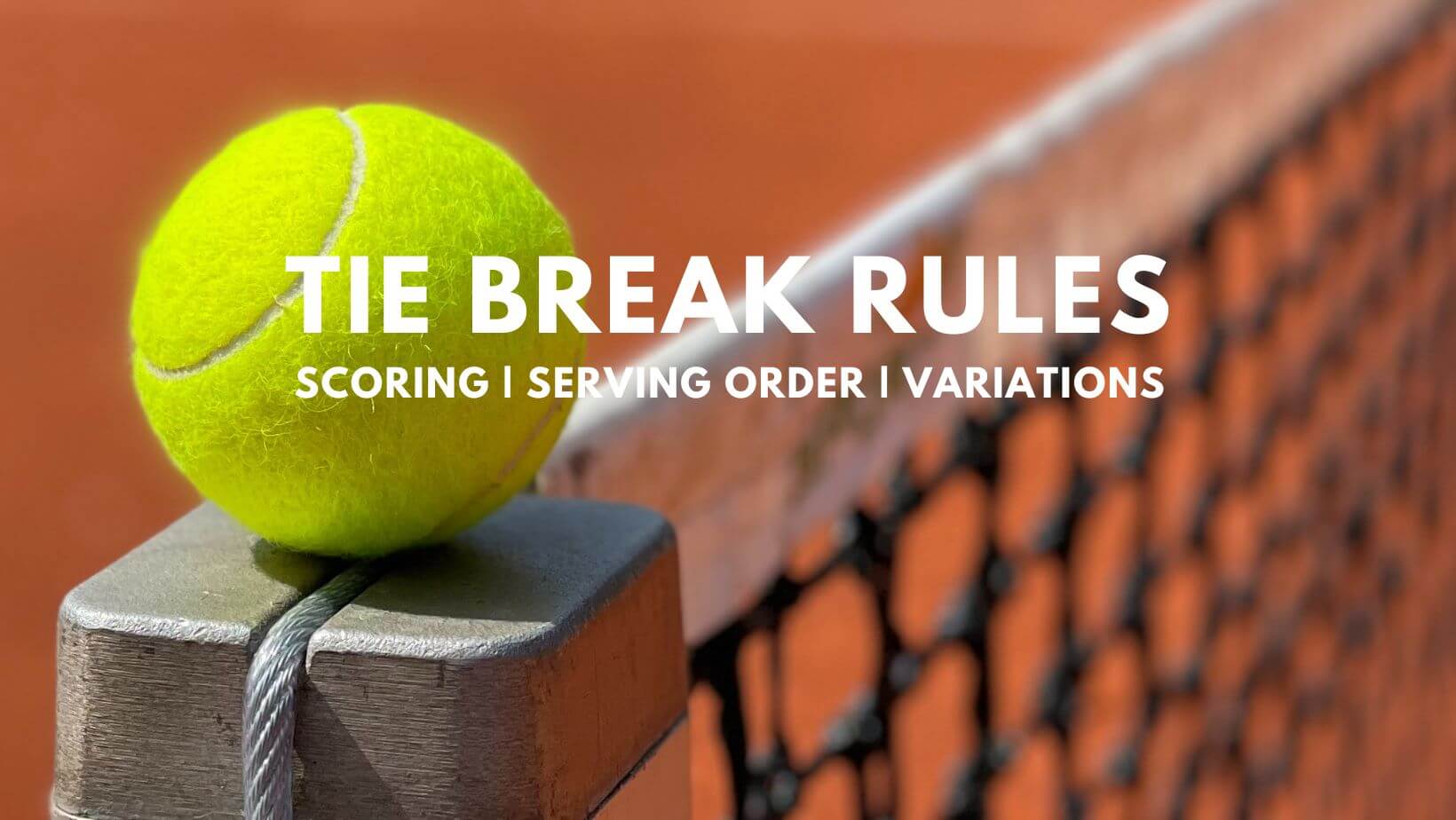Tiebreak Scoring System

Tennis tiebreak rules – In tennis, a tiebreak is a method of deciding a set that is tied at 6-6. It is played as a 12-point game, with the first player to reach 7 points winning the tiebreak and the set.
The scoring system in a tiebreak is different from the regular scoring system in tennis. Instead of using the traditional 15-30-40 scoring system, tiebreaks use a simple point-for-point scoring system. The first point is worth 1 point, the second point is worth 2 points, and so on. The first player to reach 7 points wins the tiebreak and the set.
Tiebreak Scores and Significance, Tennis tiebreak rules
Tiebreak scores can be very close, with players often winning by just a few points. A tiebreak score of 7-6 (7-5) means that the player who won the tiebreak won by a score of 7 points to 5 points. A tiebreak score of 7-6 (7-2) means that the player who won the tiebreak won by a score of 7 points to 2 points.
Tiebreaks can be very important in tennis matches. A player who wins a tiebreak can often go on to win the set and the match. Tiebreaks can also be used to decide the winner of a tournament if the players are tied after the regular number of sets.
Tiebreak Strategies: Tennis Tiebreak Rules

Tiebreaks are a crucial part of tennis matches, often deciding the outcome of a set. Players employ various strategies to gain an edge in these high-pressure situations.
Aggressive Approach
An aggressive approach involves attacking the opponent with powerful shots and taking risks. Players may serve and volley, approach the net, and hit deep groundstrokes to put pressure on their opponent.
Advantages:
– Can quickly win points and gain momentum.
– Forces the opponent to play defensively.
– Suitable for players with strong serves and groundstrokes.
Disadvantages:
– High risk of making unforced errors.
– Can be countered by a patient and consistent opponent.
– Requires excellent shot selection and execution.
Defensive Approach
A defensive approach focuses on consistency, keeping the ball in play, and waiting for the opponent to make mistakes. Players may stay back, return deep shots, and use slices to neutralize their opponent’s power.
Advantages:
– Lower risk of unforced errors.
– Can frustrate the opponent and force them into errors.
– Suitable for players with good stamina and retrieving skills.
Disadvantages:
– Can be slow and less exciting to watch.
– Requires patience and mental toughness.
– Can be difficult to break the opponent’s serve.
Effective Tiebreak Execution
Effective tiebreak execution requires a combination of strategy, shot selection, and mental focus. Players should:
– Serve consistently and effectively.
– Choose shots that force the opponent to move or make difficult returns.
– Place shots deep in the court and vary the pace and spin.
– Stay calm and focused under pressure.
– Analyze the opponent’s weaknesses and exploit them.
Tiebreaks are a test of skill, strategy, and mental fortitude. By understanding the different approaches and implementing effective execution techniques, players can increase their chances of success in these critical moments.